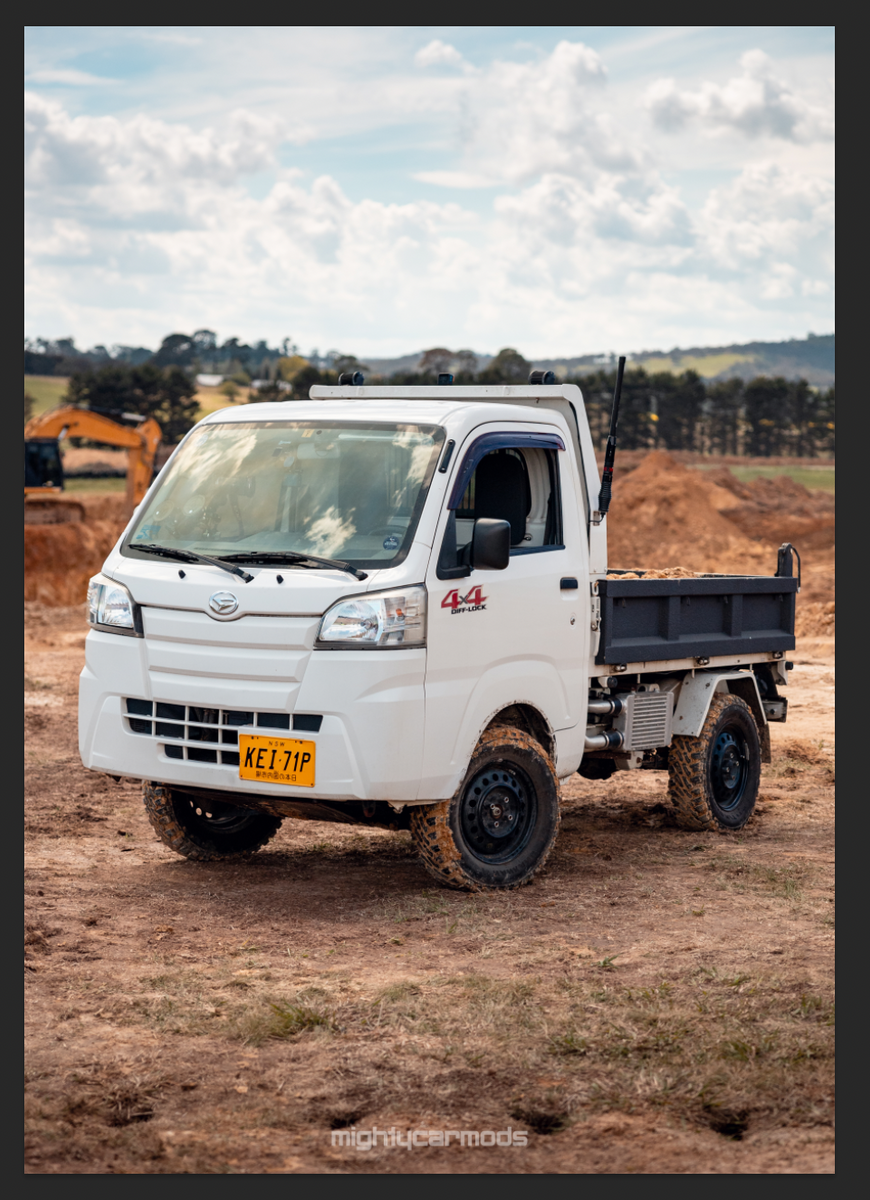From Plantation to Metropolis: The Flexibility of Kei Trucks

In recent years, kei trucks from Japan have seen popularity far beyond their original territories, transforming into a frequent appearance in cities and agricultural settings alike. These efficient vehicles, engineered for optimal efficiency and agility, deliver a unique blend of practicality that renders them an perfect selection for a number of purposes. From delivering farm products to navigating tight city streets, kei trucks are proving their versatility in an constantly shifting market.
One of the main advantages of kei trucks is their minimal dimensions, permitting them to effortlessly weave through congested traffic and park in parking spaces that bigger trucks cannot accommodate. This adaptability makes them especially desirable to entrepreneurs and urban residents who require a trustworthy mode of transportation without the inconvenience of a bulky truck. As the needs of modern society change, kei trucks are poised to satisfy the demands of both agricultural and metropolitan living, demonstrating their notable utility and charm.
The Progression of Kei Trucks
Kei trucks emerged in Japan as a response to the post-war need for affordable and functional transportation solutions. In the initial 1950s, the Japanese government introduced regulations to promote the production of small vehicles, which were simpler to handle in crowded urban areas and offered reduced taxation. These regulations outlined kei trucks with specific dimensions and engine capacity, making them a notable segment in the automotive market. This legislative endorsement not only spurred innovation but also aligned with the growing need for efficient logistics in developing cities.
As Japan's economy flourished during the 1960s and 1970s, kei trucks evolved to accommodate changing demands. Manufacturers began to improve their designs, focusing on gas mileage, carrying capacity, and driver comfort. These trucks became more and more popular among rural workers, local businesses, and urban operators, owing to their adaptability and ease of use. Not only could they traverse narrow streets and tight spaces, but kei trucks also proved to be reliable workhorses for various applications, from farming duties to metropolitan distribution.
With progress in technology and design, kei trucks have continuously adjusted to modern needs. Today, they offer contemporary amenities while maintaining their small form factor, appealing to both city residents and rural residents alike. The incorporation of eco-friendly engines and green features has additional solidified their significance in an age where sustainability is crucial. As a consequence, kei trucks have not only endured but flourished through years of change, becoming a staple of both farm and city logistics.
Adaptability in Metropolitan Settings
Kei vehicles are particularly suited for urban settings due to their compact size and agile design. In dense city streets where big vehicles struggle to maneuver, kei trucks shine in handling. Their limited dimensions allow them to easily slip into tight parking spots and twist through traffic, making them an excellent choice for companies that require transports in congested areas. This agility not only saves time but also lowers fuel consumption, a major advantage in the bustling urban landscape.
The performance of kei truck s goes beyond their tangible size. They often come fitted with versatile cargo beds that can be modified for various uses, from hauling goods for minor businesses to serving as movable service vehicles. This versatility makes kei trucks a economical option for entrepreneurs looking to enhance their operational potential without investing in bigger, costlier vehicles. The ability to tailor the cargo area further improves their appeal, allowing for tailored solutions to meet multiple urban demands.
Furthermore, kei trucks are designed with functionality in mind, featuring low load heights and easy access. This makes it easy for owners to unload and unload goods quickly, which is essential in quick city environments. With a reputation for reliability, kei trucks provide the robustness needed to withstand the rigors of daily use while ensuring low maintenance costs, guaranteeing that entrepreneurs can succeed even in the most challenging urban settings.

Up-and-coming Innovations and Innovations
As we look ahead, the kei truck segment is ready for notable advancements driven by technological innovation and eco-friendly factors. Battery-powered kei trucks are emerging as a potential development, leveraging batteries that suit the compact design of these vehicles. With metropolitan regions increasingly prioritizing sustainability, the need for eco-friendly options is expected to increase. Producers are allocating funds in research and development to improve battery efficiency and broaden the range of electric kei trucks, making them a viable choice for metropolitan inhabitants.
In furthermore to battery-powered options, the integration of smart technology into mini trucks is picking up speed. Features such as safety tech, smartphone integration, and live traffic updates are reshaping the methods these vehicles function. These innovations aim to boost safety and convenience for operators, making kei trucks not only practical for transport but also smarter in navigating hectic metropolitan areas.
Additionally, kei trucks are likely to see a transition towards customization options that cater to different sectors. As more companies recognize the flexibility of kei trucks, manufacturers are expected to provide flexible options such as special cargo configurations, temperature-controlled options, and mobile workstations. This ability to customize mini trucks to particular requirements will ensure they continue to flourish in varied contexts, linking between country manufacturing and urban consumption.
